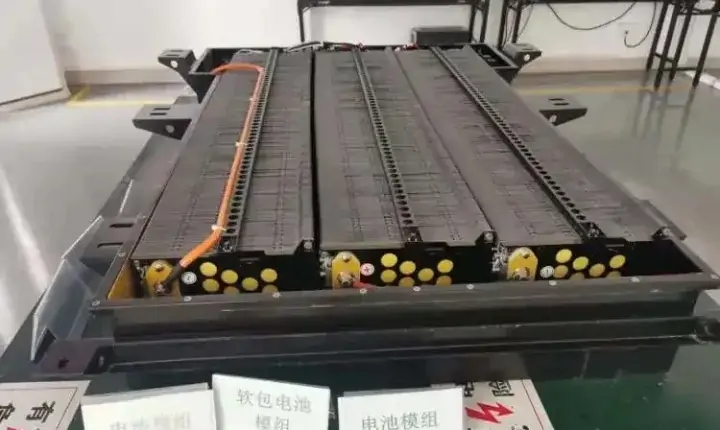 |
Welcome To Evlithium Best Store For Lithium Iron Phosphate (LiFePO4) Battery |
 |

In this comprehensive guide, we will delve into the intricacies of preventing LiFePO4 (Lithium Iron Phosphate) battery leaks. Our aim is to equip you with the knowledge and techniques necessary to safeguard your LiFePO4 battery, ensuring its longevity and optimal performance. Battery maintenance is crucial for a seamless experience, and we're here to help you achieve that.
LiFePO4 batteries have become a popular choice due to their high energy density, lightweight design, and long cycle life. These batteries are known for their reliability, but they are not immune to potential issues like leaks. To prevent leaks, it's essential to understand the components and workings of a LiFePO4 battery.
LiFePO4 batteries consist of the following key components:
Cathode (Positive Electrode): Typically made of lithium iron phosphate, this is where the lithium ions are stored during charging and released during discharging.
Anode (Negative Electrode): Usually composed of graphite, the anode receives the lithium ions during charging and releases them during discharging.
Separator: This component prevents direct contact between the cathode and anode while allowing the flow of lithium ions.
Electrolyte: A conductive substance that enables the movement of lithium ions between the cathode and anode.
Casing: The outer casing of the battery, often made of metal or plastic, provides physical protection and houses the internal components.
LiFePO4 batteries are generally reliable, but leaks can occur due to various factors. Let's explore some common reasons behind battery leaks:
Overcharging a LiFePO4 battery can lead to excessive heat buildup, causing the battery to expand and potentially leak. It's essential to use chargers designed for LiFePO4 batteries and avoid overcharging.
Physical damage to the battery casing, such as cracks or punctures, can compromise the integrity of the battery, leading to leaks. Handle your battery with care to avoid such damage.
Using low-quality or counterfeit LiFePO4 batteries can increase the risk of leaks. Always purchase batteries from reputable manufacturers to ensure their quality and safety.
Exposing LiFePO4 batteries to extreme temperatures, especially high heat, can result in leaks. Store your batteries in a cool, dry place to maintain their integrity.
Now that we've discussed the potential causes of LiFePO4 battery leaks, let's move on to essential preventive measures:
Invest in a high-quality charger specifically designed for LiFePO4 batteries. These chargers are equipped with safety features to prevent overcharging.
Frequent inspections of your LiFePO4 battery can help you identify any physical damage or signs of wear. If you notice any issues, it's crucial to address them promptly.
Proper storage is key to preventing leaks. Keep your LiFePO4 batteries in a cool, dry place, away from direct sunlight and extreme temperatures.
Always purchase LiFePO4 batteries from reputable manufacturers and suppliers. High-quality batteries are less likely to develop leaks.
In conclusion, safeguarding your LiFePO4 battery from leaks is crucial to ensure its longevity and optimal performance. By understanding the components of these batteries, identifying the factors that lead to leaks, and implementing preventive measures, you can enjoy a reliable and safe power source. Remember to use a quality charger, regularly inspect your battery, store it properly, and opt for high-quality LiFePO4 batteries to minimize the risk of leaks. With these practices in place, you can confidently power your devices without worrying about battery leaks.
Edit by editor
All Rights reserved © 2025 Evlithium Limited